I want to have a Button that defines no CornerRadius and two others that do, how can I achieve this?
<Style TargetType="Button" x:Key="TabButton">
<Setter Property="Background" Value="White" />
<Setter Property="TextBlock.TextAlignment" Value="Center" />
<Setter Property="Template">
<Setter.Value>
<ControlTemplate TargetType="Button">
<Border CornerRadius="0" Background="White" BorderBrush="#ccc" BorderThickness="0,1,1,0" >
<ContentPresenter x:Name="contentPresenter" ContentTemplate="{TemplateBinding ContentTemplate}" Content="{TemplateBinding Content}" HorizontalAlignment="{TemplateBinding HorizontalContentAlignment}" Margin="{TemplateBinding Padding}" VerticalAlignment="{TemplateBinding VerticalContentAlignment}"/>
</Border>
</ControlTemplate>
</Setter.Value>
</Setter>
</Style>
<Style TargetType="Button" x:Key="TabButtonFirst" BasedOn="{StaticResource TabButton}">
<Setter Property="CornerRadius" Value="3,0,0,0" />
</Style>
<Style TargetType="Button" x:Key="TabButtonLast" BasedOn="{StaticResource TabButton}">
<Setter Property="CornerRadius" Value="0,0,0,3" />
</Style>
